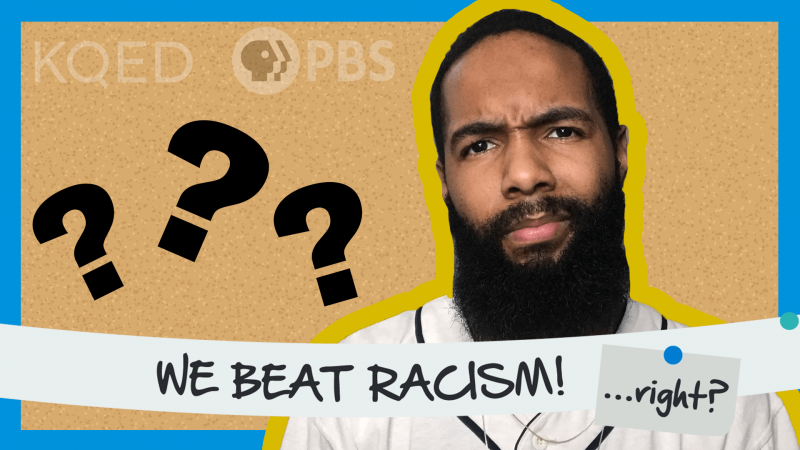The nation’s ongoing reckoning with historic and systemic racism intersects with every aspect of American life from education to healthcare to criminal justice. And these issues are front and center in this year’s historic election season. Helping students understand and discuss race and racism is an empowering way to center their voices in your virtual or in-person classroom. Every student — no matter the age — needs to be heard. It can also provide an important lens for viewing candidate speeches, debate rhetoric and the rapidly evolving news cycle. But it can be hard to know where to start.
Examine Issues Through a Lens of Racial Justice
KQED’s Above the Noise, now in its fourth season, explores an array of issues using a lens of racial justice. Host Myles Bess unpacks each topic with the help of data, expert interviews and the voices of high school students and youth journalists. After watching, your students can share their views and discuss the issue in each episode with peers nationwide on KQED Learn.
Explore Hard-hitting Topics From How Racism to the Coronavirus Effect People of Color
The episode What Does It Mean To Be Anti-Racist is a good place to start. Another current topic, Why Is Coronavirus Hitting People of Color So Hard? features an interview with CNN’s W. Kamau Bell. The recent episode, Is There a Right Way to Protest? explores what today’s protests for racial justice and climate action have in common with historic Civil Rights demonstrations.
Dive Into Racial Justice Issues in Education
Because Above the Noise is created for middle and high school students, many episodes explore racial justice issues in education. Why Are Schools Still Segregated? looks at why Black, Indigenous and people of color (BIPOC) students and white students remain more segregated today than they were 30 years ago. Should Race Be a Factor in College Admissions? analyzes how changes in affirmative action rules have affected college enrollment of women and students of color.
Relatable topics like When Do School Dress Codes Go Too Far? and Do School Suspensions Work? raise important questions, including the ways BIPOC students are disproportionately punished for classroom conflicts and dress code violations. The episode Should Cops Be In Schools? looks at the history of policing in schools, including how a police presence on campus affects BIPOC students.
